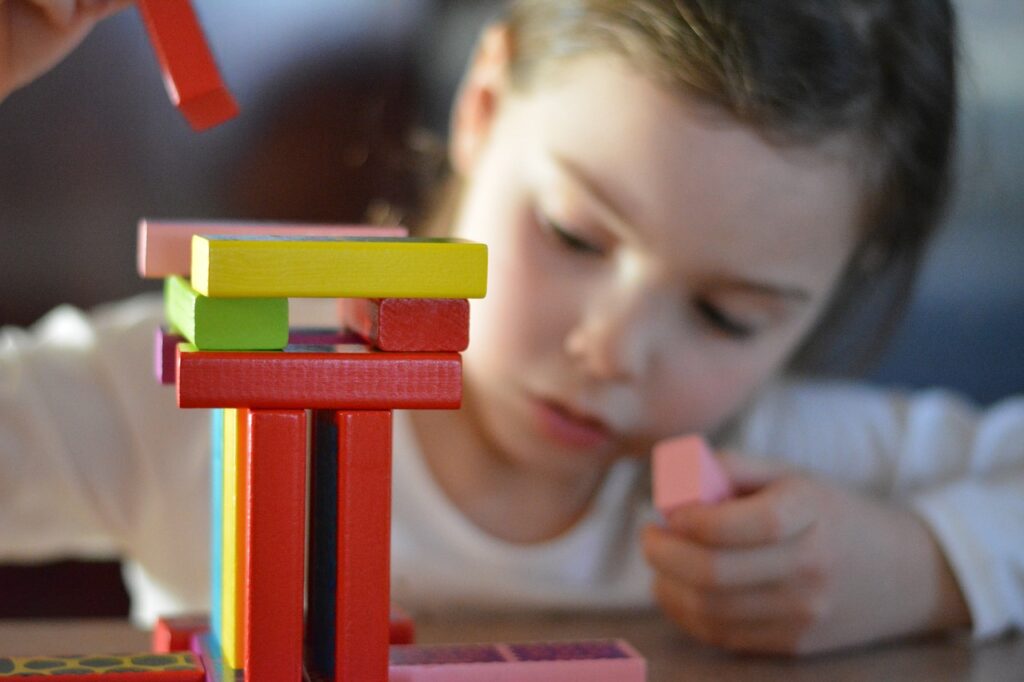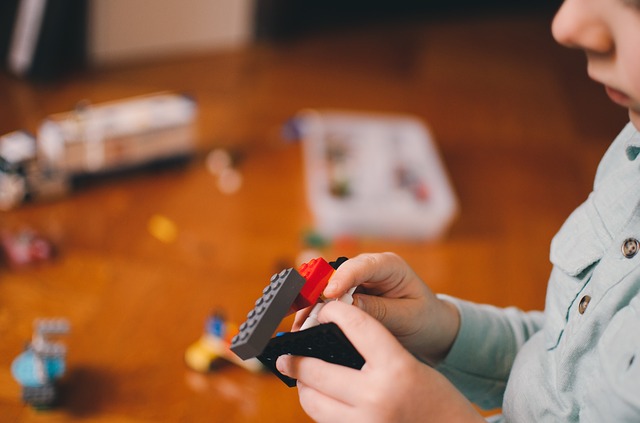Learn To Play
Learn To Play
Learn to play is a modality of play therapy suitable for children aged 12 months to 6 years. Learn to Play strengthens and scaffolds a child’s pretend play ability. A child’s pretend play ability is the highest form of play skill – this is because it is the most complex, and hence requires the child to think throughout, often encouraging flexible thinking.
Pretend play skills for a child is linked to language, narrative, social skills, problem solving, self-regulation, creativity and social understanding. Learn to Play benefits children who can sometimes find it difficult to initiate play, socialize with other children, or may have learning difficulties, developmental delay, ASD, down syndrome or any other neurological condition.
The play therapist works with a child and parent/caregiver to develop the child’s pretend play skills in a directive way using specific toys to facilitate this growth. The purpose of Learn to Play is to help equip children with social play skills and build their confidence in those skills they need for their current life stage and into the future.
How does it work?
A therapist will initially complete a pretend play assessment to determine areas in the pretend play skills to strengthen. Parent/caregiver will be a part of this process to help understand the child’s pretend play skill.
A child will then attend weekly sessions with a directive approach to build and strengthen the pretend play skills that have been identified and set in the goals of the therapeutic intervention.
For some children, skills development can quickly develop, and for others it may take some time. We work at the child’s pace and will measure the growth based on the goals. Session plans will vary for each child.
You may also like to read Learn to Play – Information for Parents & Carers or Learn to Play – Referral Information for professionals in health or education for more information on the subject.
Our Play Therapists operate from our centre in Yarraville and our South East Melbourne location in Moorabbin.



